Avoid your inquiry is delay response, please enter your WhatsApp/WeChat/Skype along with the message, so we can contact you at the very first time
We will reply you within 24 hours. If for urgent case, please add WhatsApp: +8617888313102, or WeChat: +86 17864107808. Or call +86 17864107808 directly.
*We respect your confidentiality and all information are protected. We will only use your information to respond to your inquiry and will never send unsolicited emails or promotional messages.
Are you wondering how much UV printing costs? With its versatility and high-quality output, UV printing can be an investment for your business. Let’s break down the costs.
UV printing is known for its quality and efficiency, but how much will it cost? Factors like machine type, material, and quantity all play a role.
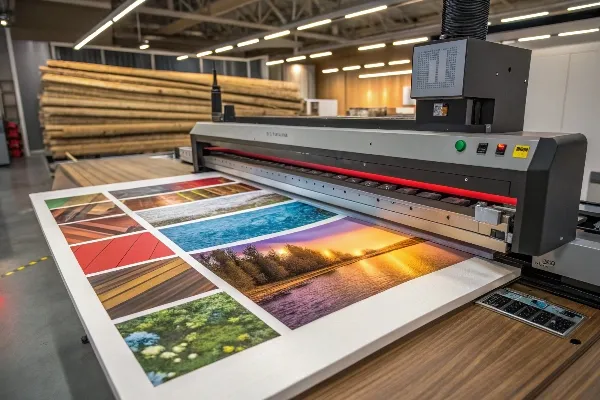
UV printing cost
Now that we’ve introduced the basics, let’s take a deeper look at the factors influencing UV printing costs. Understanding these factors can help you make an informed decision.
One question many people ask is how long a UV print will last. With proper care, UV prints can last for years, but what factors affect this?
UV prints are known for their durability, lasting for several years depending on the material and the conditions they’re exposed to.
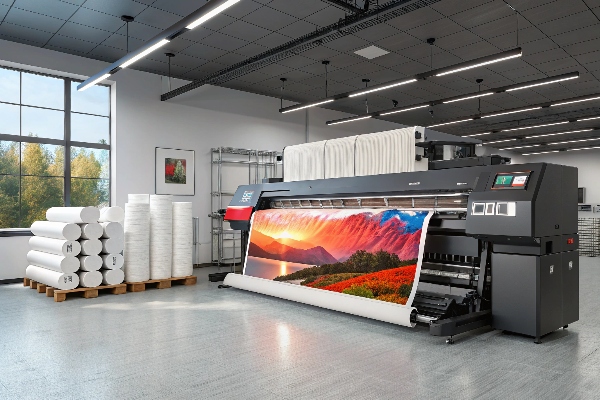
UV print lifespan
UV prints can last anywhere from 3 to 10 years, depending on how they are handled. The main factors affecting lifespan include exposure to sunlight, the type of surface, and the quality of the UV ink used.
In essence, UV printing offers excellent longevity compared to traditional printing methods, but proper care and the right materials are essential for maximizing its lifespan.
If you’re curious about how UV printers operate, you’re not alone. These machines use a special process that’s unique to the printing industry.
UV printers work by using ultraviolet light to cure ink instantly. The ink is exposed to UV light, which hardens it, resulting in sharp, durable prints.
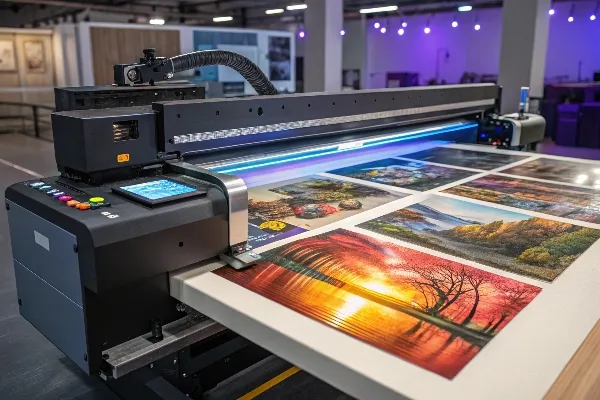
How UV printers work
UV printers work by using ultraviolet light to cure or “dry” the ink as it is printed onto the surface. This is what sets them apart from traditional printers that rely on air drying or heat.
Here’s a breakdown of the process:
The technology has revolutionized the printing industry, offering faster, more efficient results.
The printing time is another key question when considering UV printing. How fast can UV printers deliver results? Let’s take a look at typical print times.
UV printing is relatively fast, especially when compared to traditional methods. Print time varies depending on the material and print size.
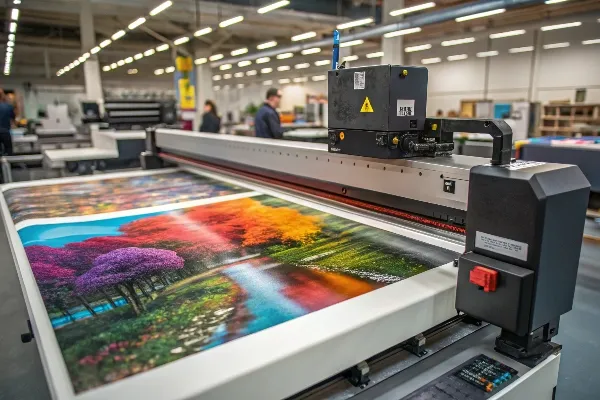
UV print time
UV printing is typically faster than traditional printing methods1 like offset or screen printing. However, the exact time can vary depending on several factors:
On average, a UV print job can be completed in a matter of minutes to a few hours, depending on the complexity of the design and the material.
One of the most exciting aspects of UV printing is its ability to print on various materials. But is it really possible to print on anything?
Yes, UV printers are versatile and can print on a wide range of materials, from paper and plastic to wood and metal.
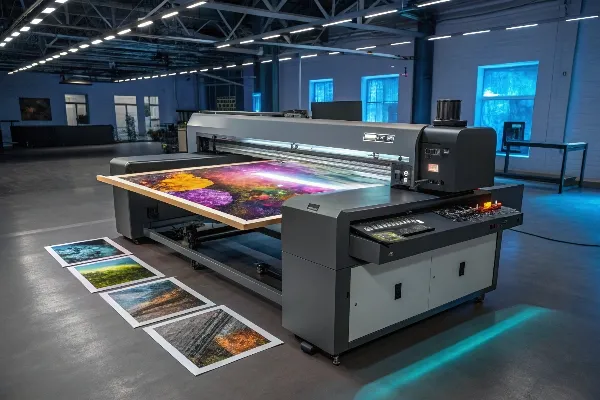
Materials for UV printing
UV printers are incredibly versatile, and this is one of their most attractive features. They can print on almost any surface, as long as the material is flat and can withstand the UV curing process.
Common materials include:
While UV printers can print on many surfaces, it’s important to check that the material is suitable for UV curing, as some materials may not react well to the ink.
With advancements in technology, UV printing is evolving rapidly. What’s next for this innovative printing method?
The future of UV printing looks bright with innovations in ink technology, speed, and eco-friendly solutions on the horizon.
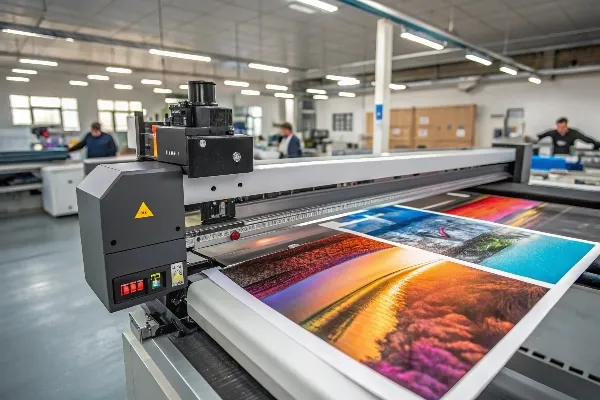
Future of UV printing
The future of UV printing is promising, driven by continuous technological advancements. Here are a few trends shaping the future of UV printing:
The future of UV printing holds many exciting possibilities, and it will continue to evolve with the demands of various industries.
UV printing offers an affordable, fast, and versatile solution for many printing needs. With advancements in technology, the future of UV printing looks even more promising.